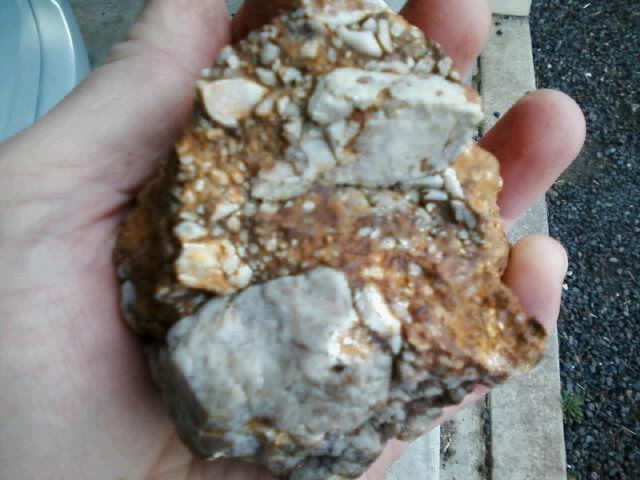- Joined
- Jan 31, 2014
- Messages
- 124
- Reaction score
- 48
I'm prospecting an area at the moment that has had some mining activity in the past. I've found 8 small nuggets 0.3-1.7 grams in a gully that leads uphill to 3 drives in the side of a hill. The material around the drives consists of a conglomerate of smooth quartz and ironstone all cemented together.
My question is, would it pay to start breaking up the material that's visible above ground and washing it? and has anyone had any experience with this stuff before? How deep can these layers go?
I know ive got nothing to lose from sampling but if these cemented layers go down to china i will stick with detecting the area instead for now.
What would you do?
My question is, would it pay to start breaking up the material that's visible above ground and washing it? and has anyone had any experience with this stuff before? How deep can these layers go?
I know ive got nothing to lose from sampling but if these cemented layers go down to china i will stick with detecting the area instead for now.
What would you do?




